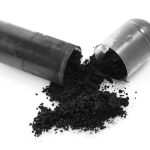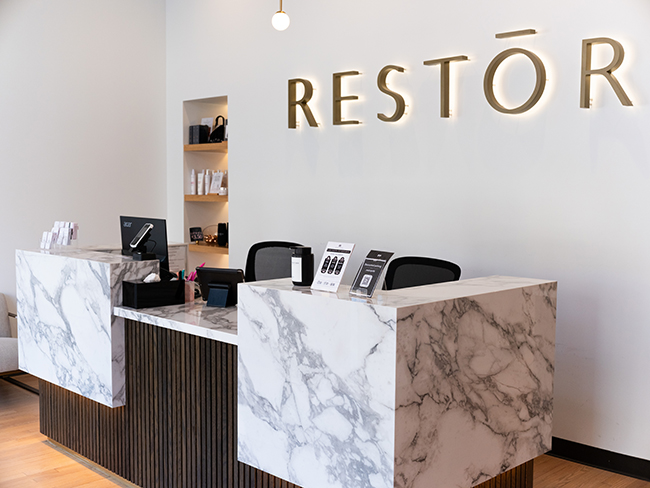Trendy ‘Miracle Cures’
14 Jun 2017
Do your favorites pass the BS test?
By Amber Erickson Gabbey Bone broth has become passé. Collagen is coming in hot. Elderberry is mostly mainstream, while activated charcoal and blue-green algae are still a bit underground. But regardless of popularity, what matters is whether your favorite food trends work and are safe. To help you make informed decisions, we’ve taken a look at five common substances that some say work miracles. Jill Carnahan, M.D., a board-certified family medicine and integrative medicine practitioner at Louisville-based Flatiron Functional Medicine, and Nicole Stob, Ph.D., an instructor in nutrition at CU Boulder, share insight to help you determine whether these trends pass the BS test.BONE BROTH
Perhaps the most talked-about trend, bone broth has gone mainstream. The irony is that grandmothers around the world have been making it forever. Claim: Bone broth is a cure-all miracle liquid. Truth: Bone broth is rich in vitamins, amino acids and other nutrients. It’s especially helpful for maintaining gut health, protecting joints, boosting immunity, and promoting healthy skin, nails and hair. It’s not a cure-all—Stob doesn’t believe anything is a cure-all—but nutrient-rich broth may support health.
ELDERBERRY
Elderberry, or Sambucus, is a centuries-old folk remedy. Claim: Elderberry stops viral infections in their tracks.
CHARCOAL
Activated charcoal is everywhere, from beauty bloggers’ websites to model Chrissy Teigen’s juice jar. But it’s one of the most polarizing trends on our list because it’s misunderstood. Claim: Activated charcoal helps remove toxins and impurities for the best detox ever. Truth: “Charcoal is a porous binder that attracts impurities,” Carnahan says. So yes, it does remove toxins, but it doesn’t simply reverse the effects of a weekend of bad decisions.
COLLAGEN
Collagen has grown in popularity over the last year as a miracle anti-aging supplement. Claim: Collagen is the latest fountain of youth. Truth: It won’t magically reverse aging, but collagen does support skin, joints, bones, nails and hair.
BLUE-GREEN ALGAE
Blue-green algae, or cyanobacteria, is a phylum of bacteria that grow in both fresh and salt water. Claim: Blue-green algae is a miracle superfood and everyone should eat it. Truth: Algae is nutrient dense, packed with vitamins, minerals and proteins. It’s also an antioxidant, helping rid the body of free radicals; an anti-inflammatory; and an adaptogen, helping the body adapt to stressors. “Blue-green algae, most notably spirulina, contains a wealth of nutrients like fiber and many other vitamins and minerals, including iron,” Stob says. “Anyone can benefit from nutrient-dense algae, but specifically anyone who’s lacking iron or has an iron deficiency. Vegetarians or vegans who may not consume enough iron could also benefit.” Beyond nutrition, algae is a chelator, meaning it binds to metals and toxins so the body can release them. Carnahan uses algae to aid in detoxification of heavy metals and environmental toxins. So, yes, algae is highly nutritious and successfully detoxes the body of metals and toxins, but it’s not without risk. Safety: “I have a lot of concerns about algae,” says Carnahan. Some people are sensitive to metals, and ingesting uncertified algae—from unknown sources—could make them ill. “There are many safer ways to get the same detoxification benefits. Use chlorella, parsley and cilantro instead,” she says. Stob advises anyone who is pregnant or breastfeeding to use caution because of algae’s high iron content. How to use: Find capsules or powders at natural food stores. Consult with your doctor beforehand, and be sure you’re buying certified blue-green algae.Amber Erickson Gabbey, M.A., RYT, is a content strategist, yoga teacher and freelance health writer. She lives in Rollinsville.












